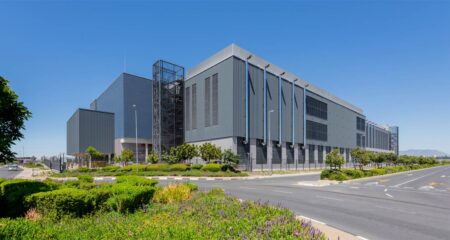
The 10 largest data centres in South Africa have a combined IT load of 258MW, with total whitespace north of 112 000sq m. TechCentral has compiled a list of these facilities and who owns them, comparing them on these two metrics.
Whitespace is a useful measure in comparing data centres because it provides an idea of how much space there is to house physical computing machinery (servers, in essence). The IT load measure is also useful because it gives an idea of how much power is available to run the IT equipment in the data centre. Used together, these metrics give a reasonable measure of a data centre’s capacity.
In this list, preference is given to facilities with more whitespace rather than those with higher IT load. Although the two are largely correlated, there are instances where larger facilities do not necessarily mean bigger IT load capacity.
Facilities exclusively belonging to cloud service providers that have their own facilities, like Amazon Web Services, are not included in this list as the companies don’t disclose this information. Data centre campuses are grouped as a single facility.
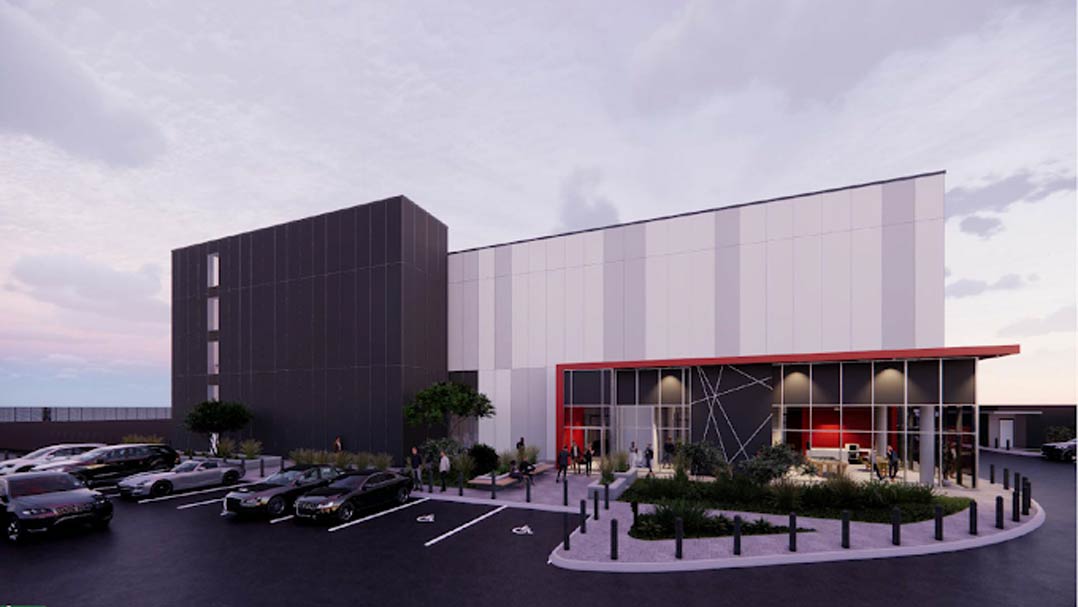
10. JN1 – Equinix
According to Equinix, the JN1 facility, which has been under construction since December 2022, will officially be opened in the “coming weeks”. Equinix invested US$160-million into the build and will offer 1 860sq m of rack space with 4MW of IT load.
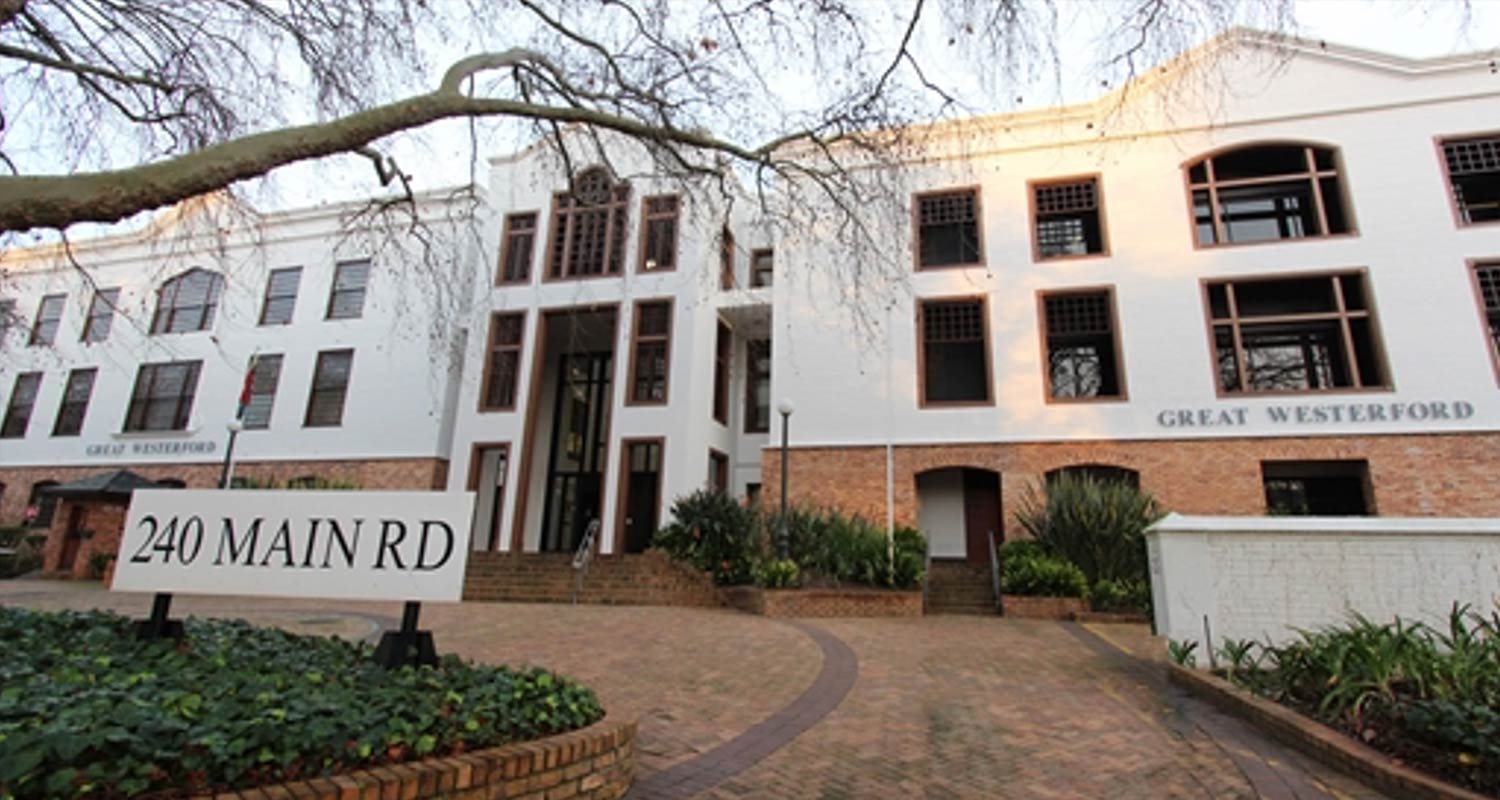
9. CT1 – Teraco
Based in Rondebosch in Cape Town’s southern suburbs, CT1 offers 2 500sq m of whitespace and can support up to 3MW of critical IT load. According to the CT1 data centre fact sheet, the data centre provides enterprises with direct access to Platform Teraco, an ecosystem of over 250 network providers, global cloud on-ramps, subsea cable systems and access to more than 50 managed service providers.
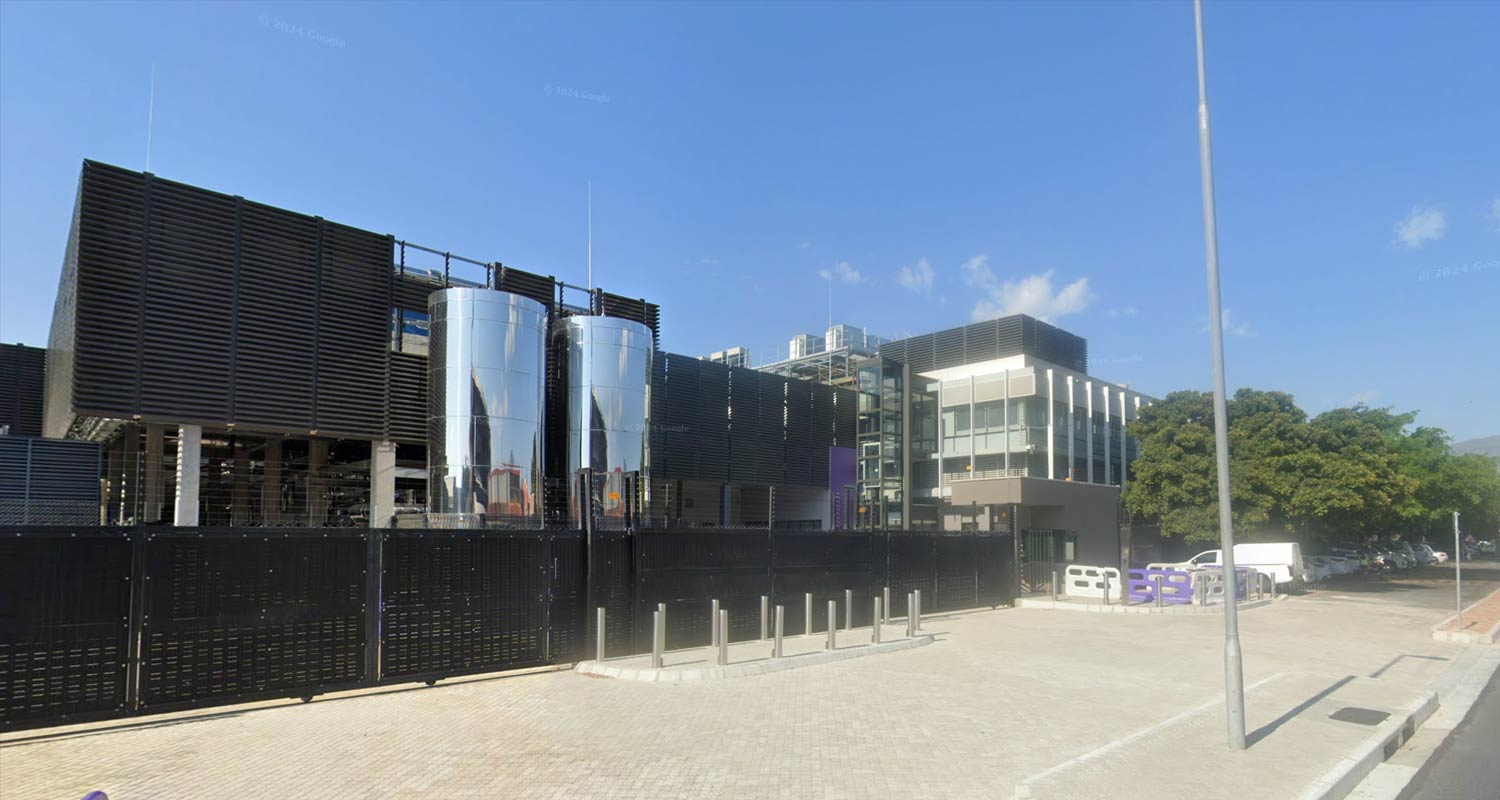
8. CPT1 – Africa Data Centres
Africa Data Centres’ CPT1 boasts 3 600sq m of whitespace and supports 10MW of IT load. The facility is carrier and cloud neutral, with interconnection to all of ADC’s sites across Africa. Direct connectivity to major service providers including Microsoft Azure, Google Cloud and Amazon Web Services is available. A 2N electrical topology provides physical redundancy in case of electrical failure, while generator backup is fuelled for a minimum of 48 hours in case of power failure.
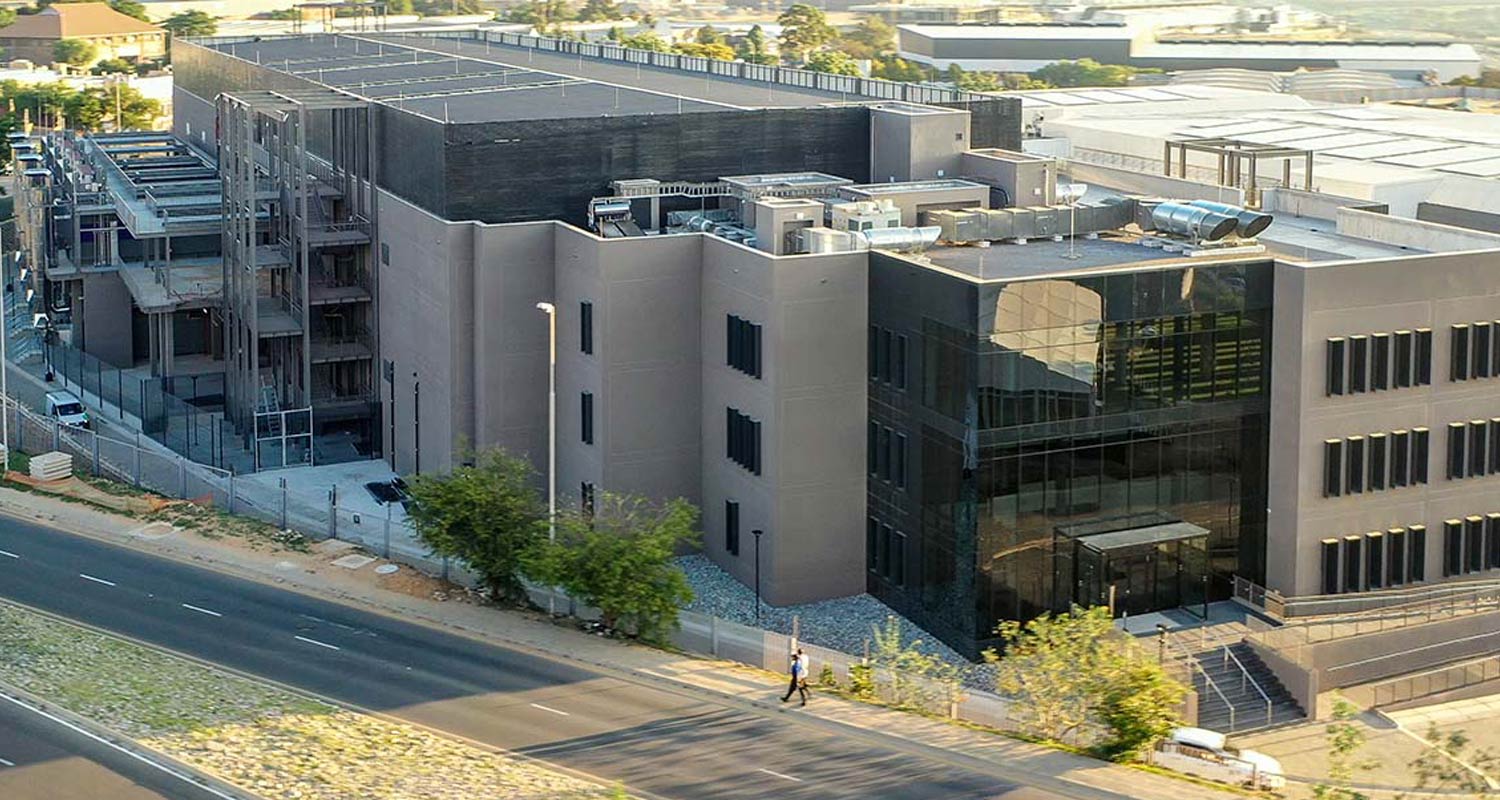 7. JHB2 – Africa Data Centres
7. JHB2 – Africa Data Centres
Africa Data Centres’ JHB facility in Samrand has 6 000sq m of whitespace and 10MW of IT load capacity. The site, originally built in 2010 by Standard Bank, has been expanded to meet colocation requirements since being acquired by ADC in 2019. The campus offers connectivity to major hubs and fibre infrastructure, making use of hot aisle and cold aisle containment to maintain cooling efficiency. Colocation facilities offered at JHB2 include private cage, secure racks, power metering and cross connects.
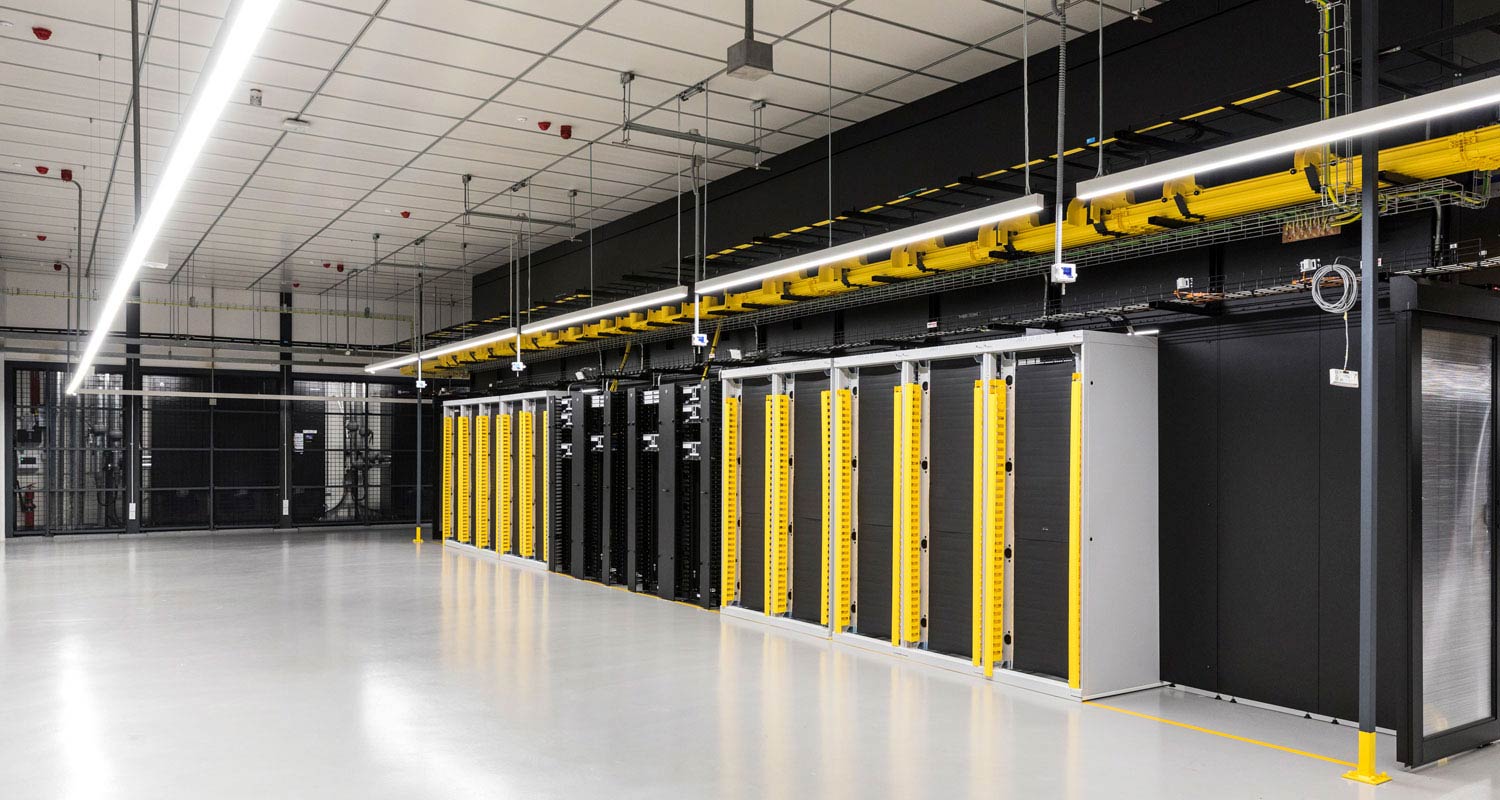
6. Johannesburg 1 data centre — NTT Data
NTT Data’s Midrand-based facility boasts 6 200sq m white space and 12MW IT load capacity. According to the facility’s fact sheet, the facility has 20MVA total power capacity with a 20kv power supply level. All IT racks are supplied with two separate UPS systems and the emergency power supply has N+1 redundancy.
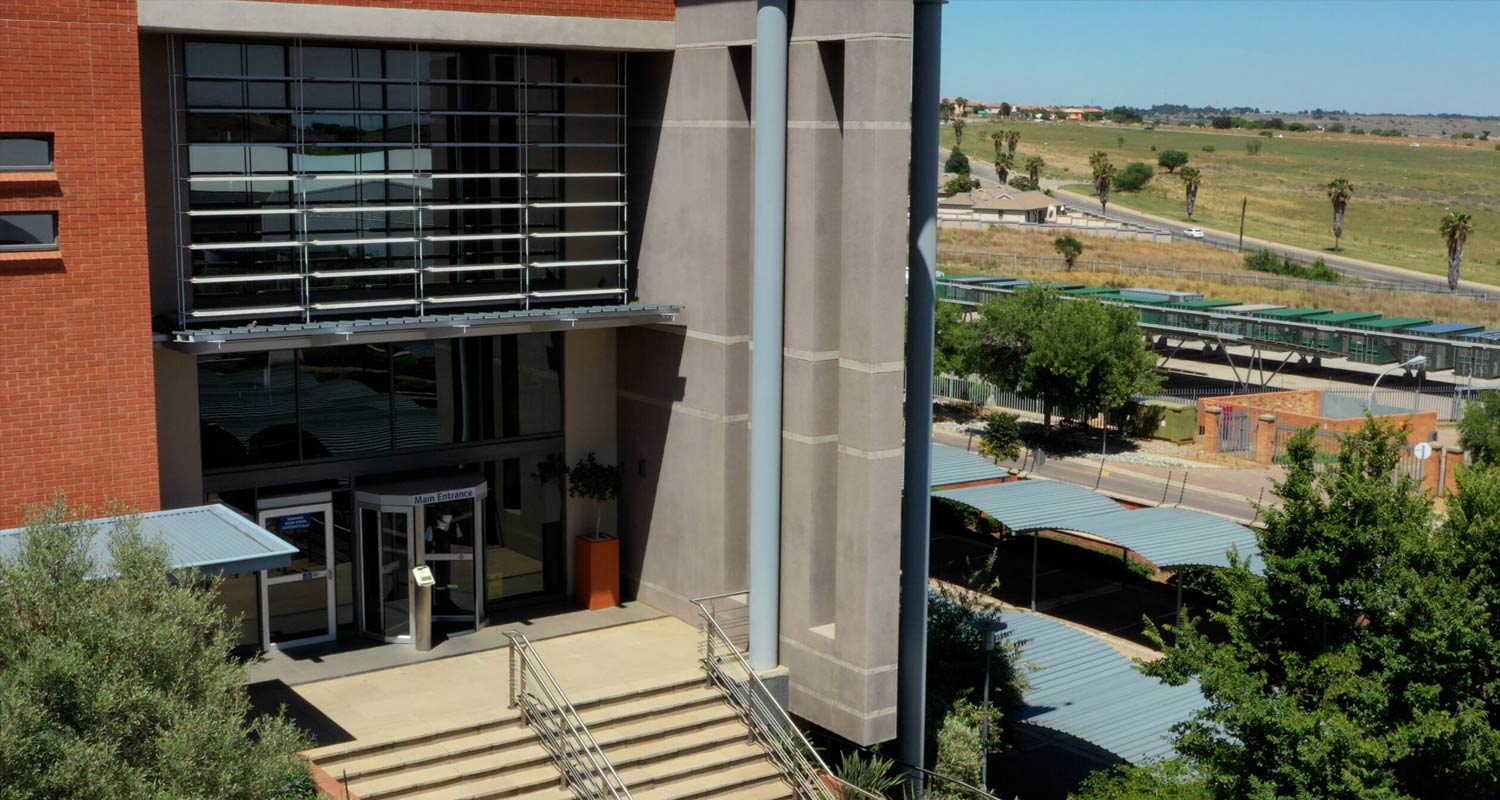
5. JHB1 – Africa Data Centres
Africa Data Centres’ JHB1 data centre campus is situated in Midrand, boasting 8 500sq m of white space with capacity to carry up to 20MW of IT load. According to the facility’s fact sheet, the site has 2N UPS topology at rack level with 10 minutes of autonomy time on batteries with full load. Generators are backed up to provide a minimum of 48 hours of backup power, with hot aisle and cold aisle containment used to maintain cooling efficiency.
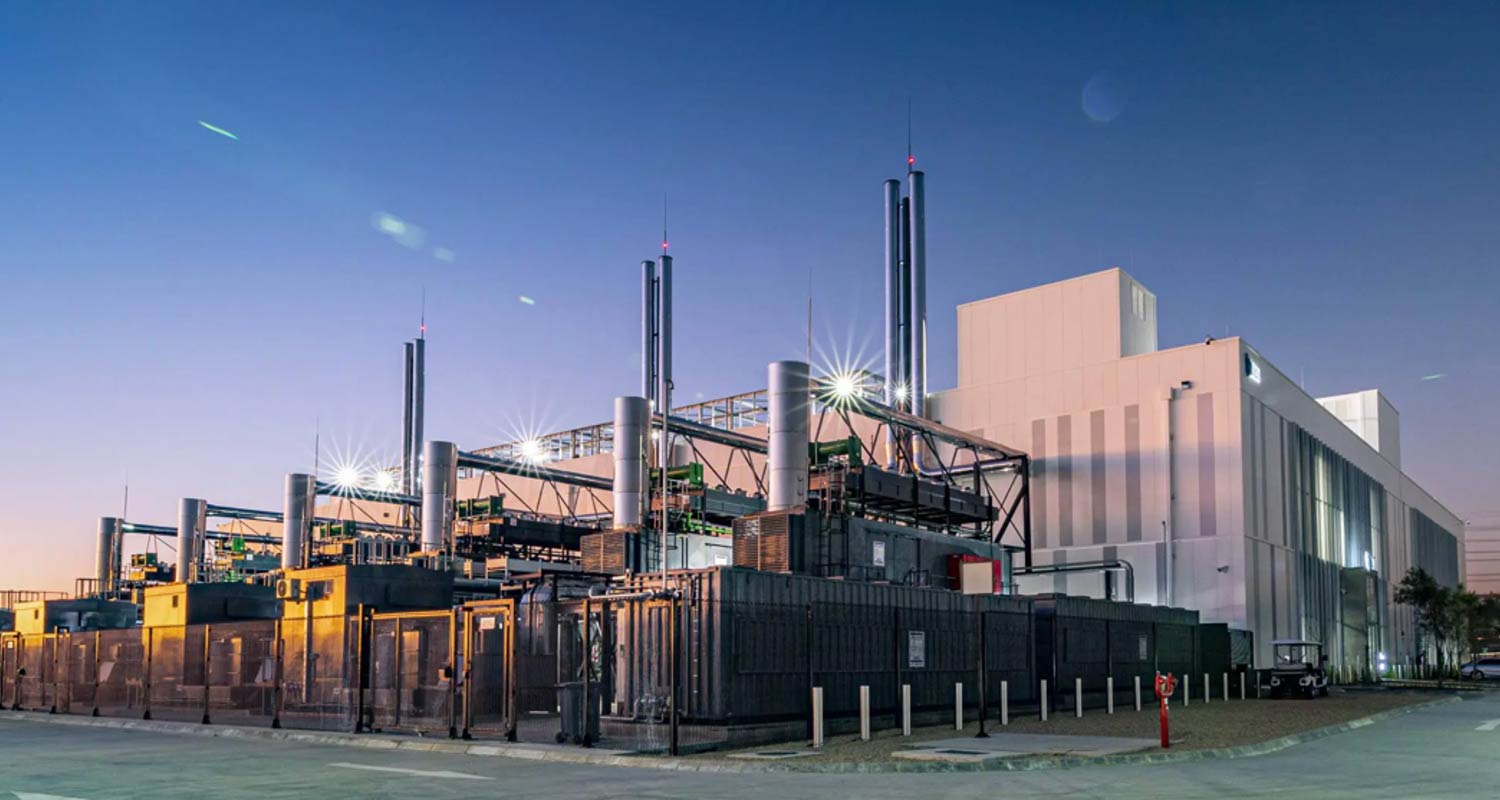
4. Johannesburg I – Vantage Data Centers
Vantages Johannesburg I facility currently offers 12 000sq m of white space with 16MW of IT load capacity in a two-storey facility. When completed, however, two addition two-storey facilities will each house 24 000sq m of whitespace and 32MW of IT load, respectively. In total, Johannesburg one will boast 60 000sq m of whitespace and 80MW of IT load capacity when complete. The campus has a 400V electrical configuration and a massive 100MVA on-site substation.
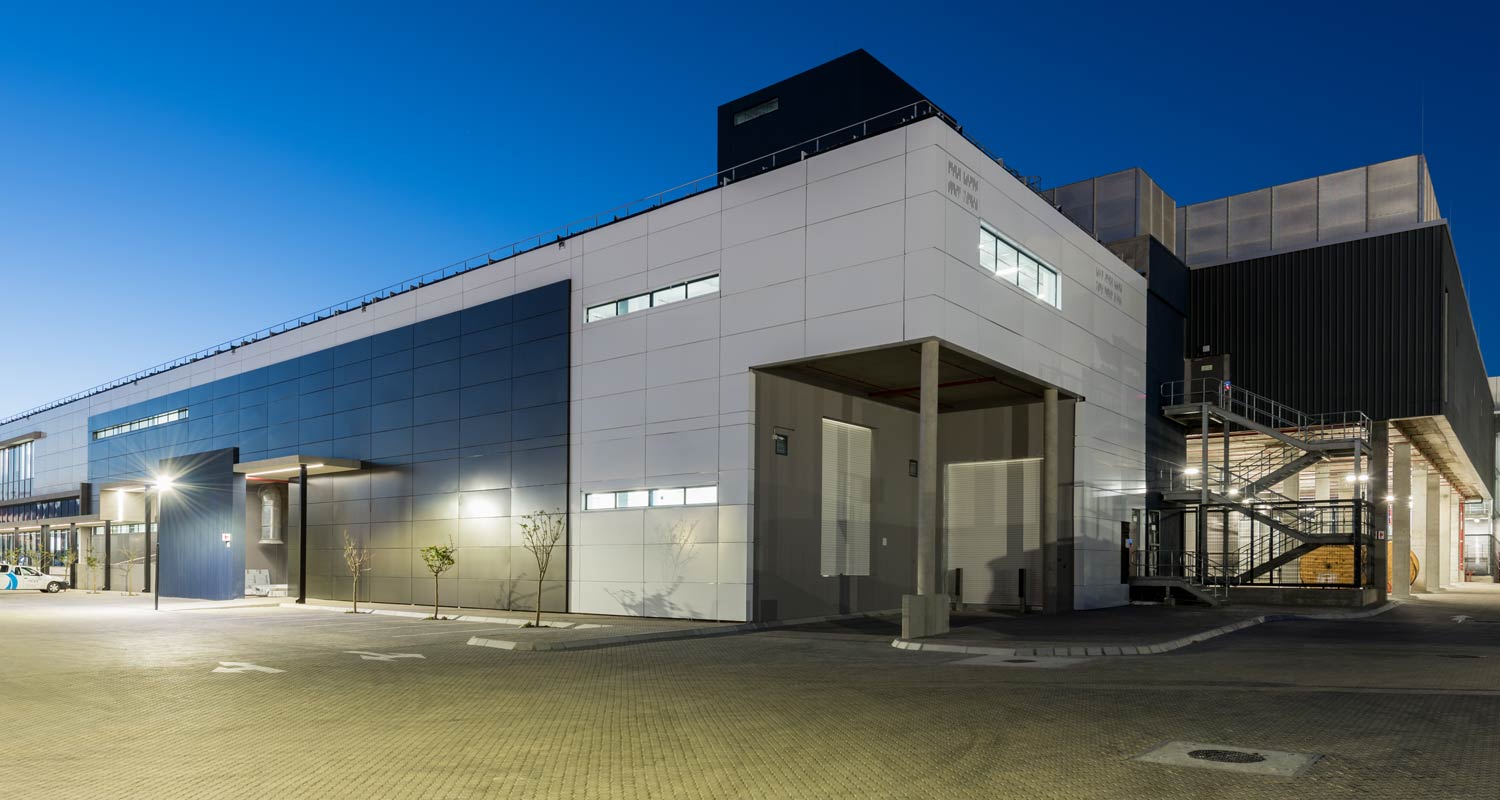
3. Brackenfell campus – Teraco
Located in the northern outskirts of Cape Town, Teraco’s Brackenfell campus offers 18 000sq m of white space and 50MW of IT load. Power to the facility is supplied in 1.1kVA increments. Backup generators make use of fuel scrubbers to keep fuel clean and stable. Both cooling redundancy and UPS redundancy are rated N+1, meaning at least one backup exists in case of a fault or shutdown of primary equipment.
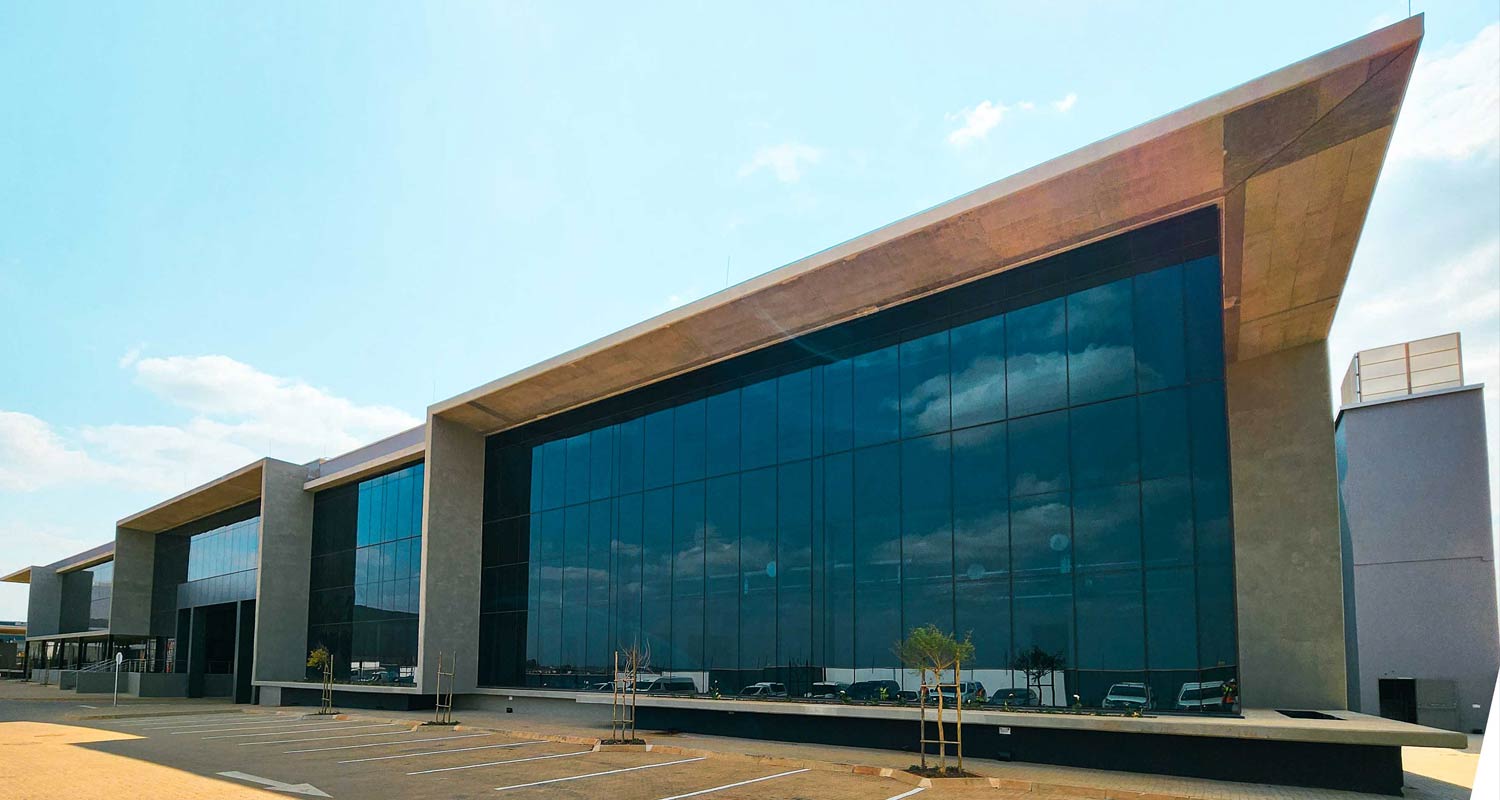
2. Bredell campus – Teraco
Teraco’s Bredell campus in Ekurhuleni combines two data centre facilities (JB2 and JB4) for a total of 21 000sq m of whitespace with 63MW of IT load capacity. According to the facility’s fact sheet, it provides access to content service providers, financial data and cloud-based services, offering an efficient, secure and resilient location for clients to address their increasing power and space needs.
When it was constructed in November 2017, the Bredell campus was the largest commercial data centre ever built in Africa, but it has since been surpassed. The site’s sprawling 97 000sq m footprint has enough space to house sustainable water management systems, including rainwater harvesting tanks, that support a closed-loop cooling system.
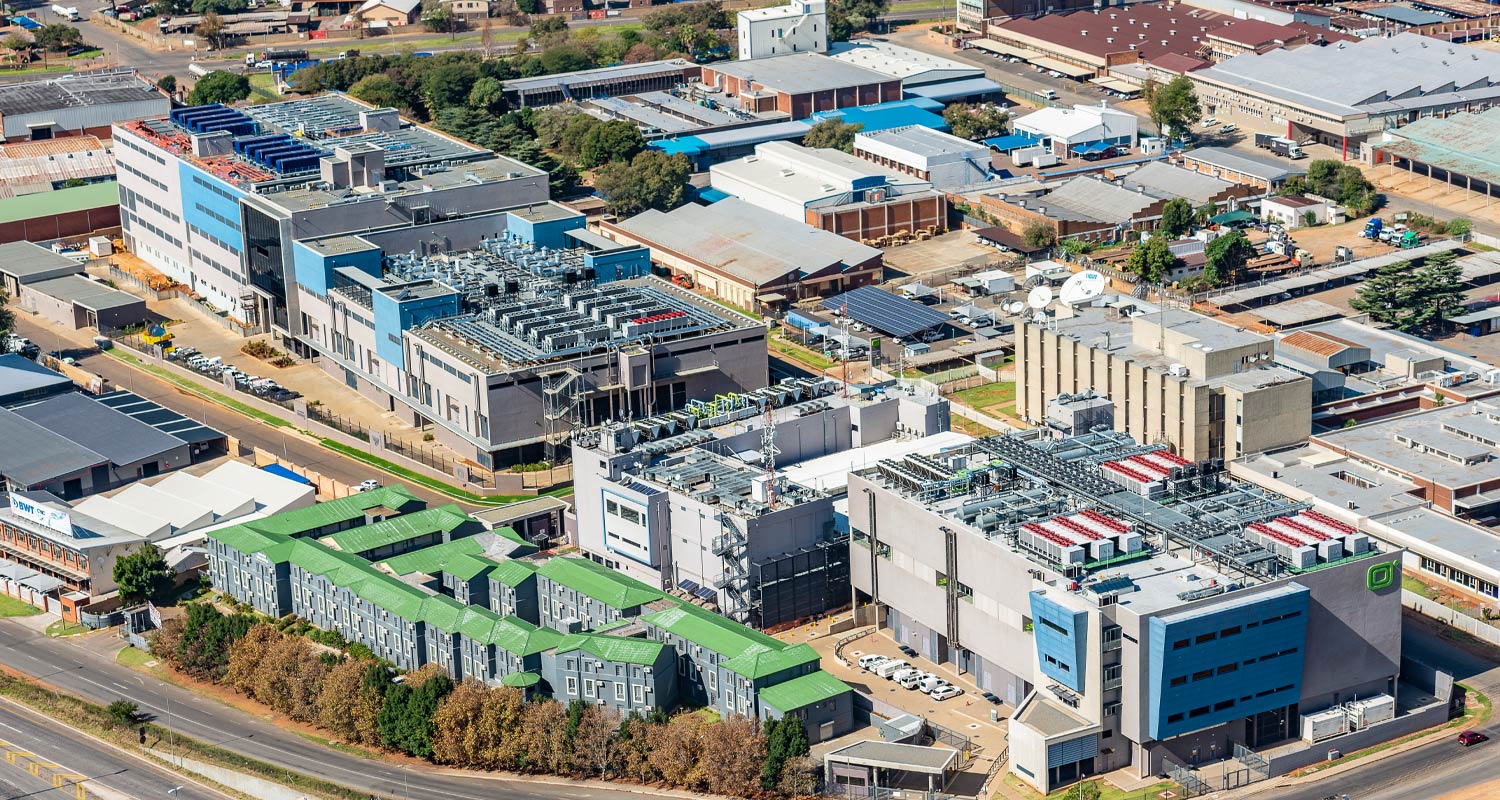
1. Isando campus – Teraco
Teraco’s Isando campus comprises of two facilities, JB1 and JB3, with a newly added JB5 facility adding AI-focused computing to the 32 000sq m of whitespace and 70MW of IT load capacity available on the site. According to Teraco’s data sheet, the Isando campus “forms a vital part of Africa’s internet backbone”. The facility provides services to content providers, financial sector customers and cloud service providers, among others.
Although dominant on the African continent, South Africa’s data centres are dwarfed next to the largest facilities in the world. The Citadel in Reno, Nevada, US boasts 130 000sq m of whitespace and 130MW of IT load capacity. – © 2024 NewsCentral Media



